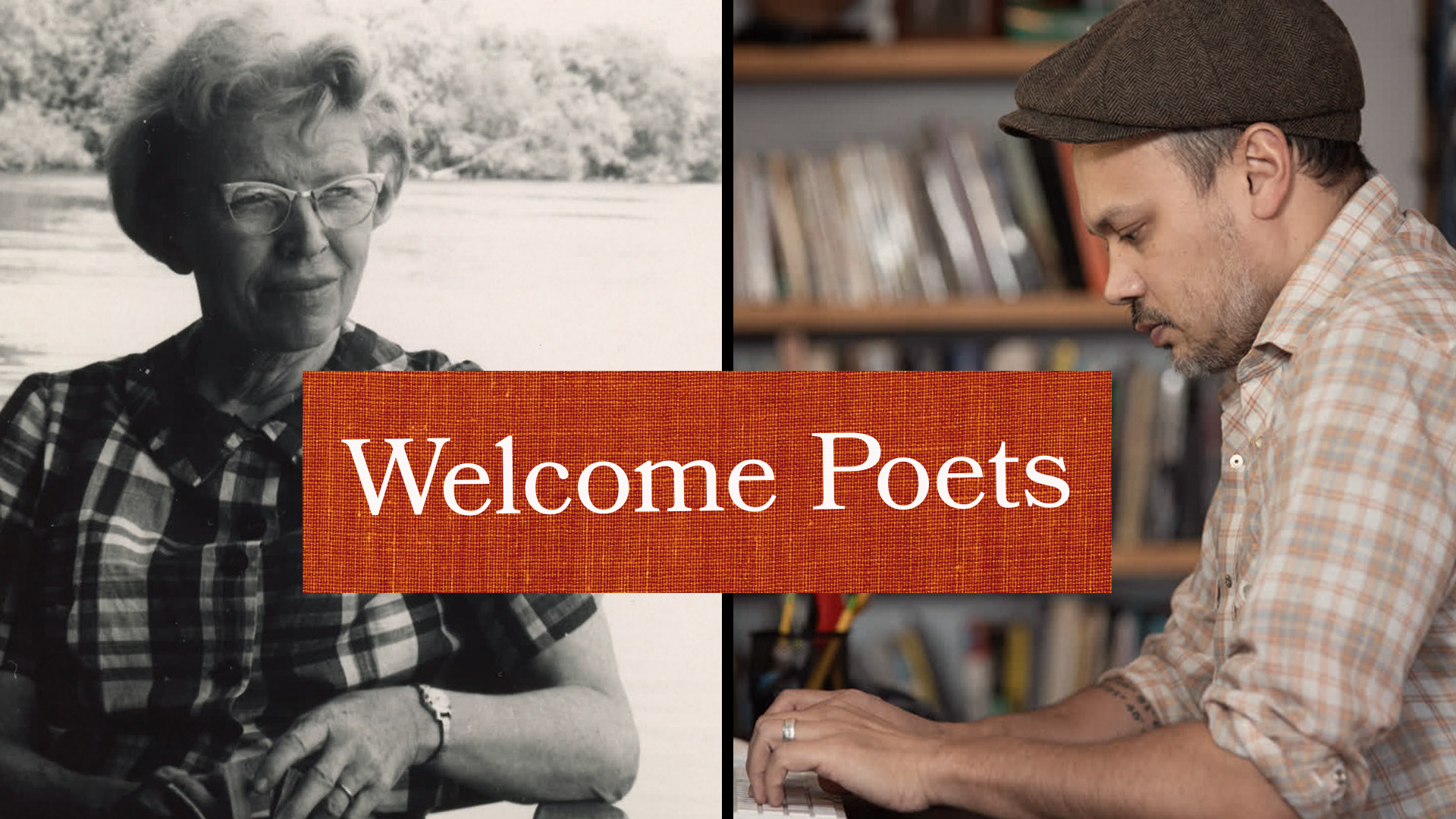Frederica Freyberg:
In other business, Evers once again urged the Legislature to release $15 million to help support healthcare with the coming closure of hospitals in Eau Claire and Chippewa Falls. Closures the Wisconsin Hospital Association calls unthinkable, but part of feared results from staff shortages and financial pressures. The association is just out with its 2024 Wisconsin Healthcare Workforce Report, which describes a critical condition. Ann Zenk from the Wisconsin Hospital Association joins us now. Thanks very much for being here.
Ann Zenk:
Thanks for having me.
Frederica Freyberg:
So in what hospital positions are the shortages most acute?
Ann Zenk:
I think the biggest impact right now, because they’re such a large part of our workforce, is the registered nurse shortage.
Frederica Freyberg:
And so what happens for the day-to-day care of patients when a hospital is short of those nurses?
Ann Zenk:
For nursing, registered nurses can fill lots of roles on healthcare teams. So a shortage leaves lots of gaps. That might mean staff working in roles besides the ones they normally do. It might mean they have to work in different areas. They’re certainly being asked to work extra shifts or different shifts.
Frederica Freyberg:
And does that affect patient care? We hope not, right, because they’re trying to do everything they can do to fill, but what about patient care?
Ann Zenk:
Yep. You’re exactly right. Healthcare professionals in hospitals, it’s our job to make sure patients get the care they need, but when there are staff shortages or interruptions in the continuum of care, patients wait longer. They might have to travel farther for care. They might even end up coming to the emergency department.
Frederica Freyberg:
Why hasn’t the staffing situation righted itself following COVID?
Ann Zenk:
There’s so many factors. I’d say the predominant one, and unfortunately one that we really can’t influence much, is what we call the silver tsunami. The surges of retirement as baby boomers age. That’s a big generation. The other issue for healthcare is that not only is our available workforce shrinking, but healthcare demand is escalating.
Frederica Freyberg:
That’s right. So as far as that silver tsunami, as you referred to it, how likely is it that programs producing a school to nursing pipeline and career advancement can keep pace with those retirements because I know some of those programs are now really cranking up.
Ann Zenk:
Yep. For shorter-term credentials, those frontline technical positions that take a year or two to achieve, we might be able to close those gaps. For longer-term credentials, like nurses and physicians, we just can’t keep pace with the increased healthcare demand and there’s lots of baby boom nurses from the ’70s and ’80s who are now going to retire. So it’s kind of unlikely that our workforce can grow fast enough.
Frederica Freyberg:
You spoke to this as well, but all of this is happening in a state, Wisconsin, that’s ranked as having an older population, and so this older population needs more care, further squeezing this whole situation.
Ann Zenk:
Correct. What we’re also seeing in hospitals and health systems is a payer shift. The insurance patients have, their payer is changing. As we age, we shift from private insurance to Medicare and sometimes as our resources shrink, even to Medicaid, and we know that Medicare and Medicaid rates don’t cover the full cost of care.
Frederica Freyberg:
So this is happening across the state. Of course it’s acutely felt right now in kind of the northwest part of the state with the closure of 19 clinics and two hospitals, one in Eau Claire, one in Chippewa Falls. What is your reaction to the closure of those facilities?
Ann Zenk:
Well, you said it. Unthinkable. Right? But it’s also a signal of what’s going on in hospitals, not just in Wisconsin, but across the state. It’s a cascade of things. It’s workforce shortages, increased labor costs, increased supply costs, but when you reach that breaking point or the combination of factors, is when your volumes start to shift. When you have fewer inpatients to take care of, when you’re getting less reimbursement because your services you can offer are shrinking. That can be the breaking point for hospital closure, but we’re also seeing it in service closures across the state.
Frederica Freyberg:
So very, very briefly, you say that there are signs of hope.
Ann Zenk:
Yes. Absolutely. Hospitals are having to rely less on temporary agency staff, staff that left during the pandemic are coming back. We’re seeing that. That’s great. We’re also seeing for the first time since before the pandemic, enrollments increase in healthcare programs, and that’s awesome.
Frederica Freyberg:
We’ll be looking to next year’s report to see the signs of improvement. Ann Zenk, thanks very much.
Ann Zenk:
Thank you.
Search Episodes

Donate to sign up. Activate and sign in to Passport. It's that easy to help PBS Wisconsin serve your community through media that educates, inspires, and entertains.
Make your membership gift today
Only for new users: Activate Passport using your code or email address
Already a member?
Look up my account
Need some help? Go to FAQ or visit PBS Passport Help
Need help accessing PBS Wisconsin anywhere?

Online Access | Platform & Device Access | Cable or Satellite Access | Over-The-Air Access
Visit Access Guide
Need help accessing PBS Wisconsin anywhere?

Visit Our
Live TV Access Guide
Online AccessPlatform & Device Access
Cable or Satellite Access
Over-The-Air Access
Visit Access Guide
 Passport
Passport






Follow Us